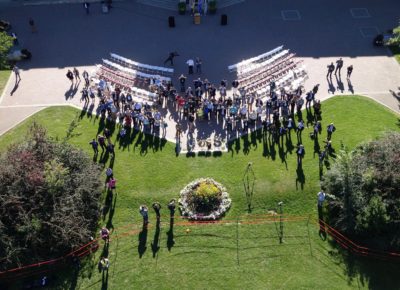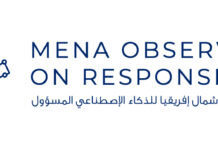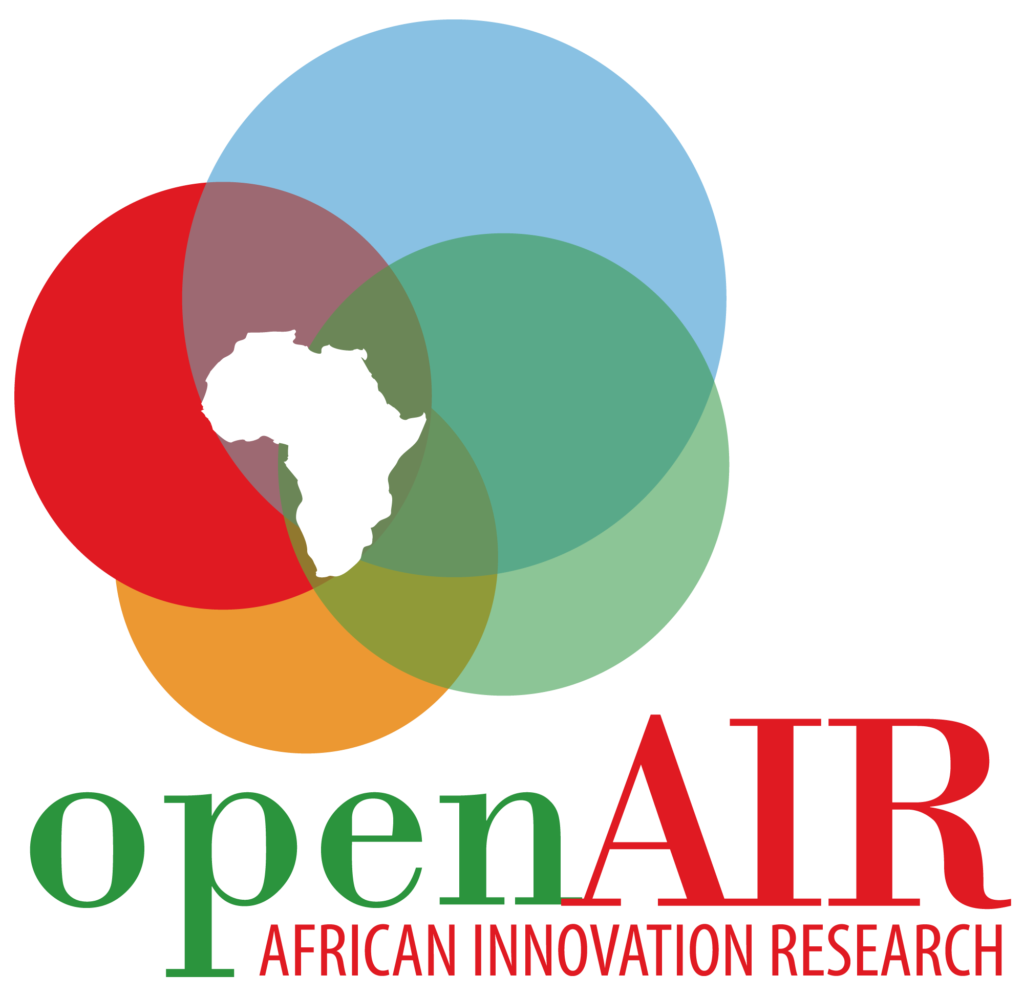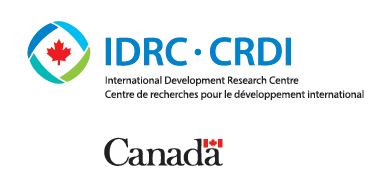By Meghan Blom
Open AIR aims to understand how open collaborative innovation can help businesses scale up and seize the opportunities of the global knowledge economy. This question is important in a wide range of sectors, including agriculture. With the rise of data-driven innovation, facilitated by “digital” or “computational” agriculture, stakeholders need to know whether conventional intellectual property management strategies or more open collaborative approaches will have the most positive impacts on society in both developed and developing regions of the world.
A new collaborative research initiative between Open AIR and the Global Institute for Food Security (GIFS) will address the intellectual property issues triggered by digital agriculture in Canada as well as numerous countries of Africa. This research will tie into several ongoing Open AIR studies, such as our research on plant breeders’ rights and open innovation in Kenya, and the use of digital technologies to scale up agricultural enterprises involved in Ugandan vanilla production.
To kickstart this collaborative research, on August 29thand 30thI had the opportunity to attend the inaugural symposium of the Plant and Phenotyping Imaging Research Centre (P2IRC). The P2IRC is a $37M initiative, funded by the Canada First Research Excellence Fund, that will drive open innovation in plant breeding by combining plant genomics with plant phenotyping (the identification of useful plant traits) with the hopes of developing new crop varieties that will reduce national and global food insecurity.
It is anticipated that anyone with internet access will be able to download research pertaining to a specific plant genome and use this information to develop a plant that suits their specific environmental requirements. For countries that are food insecure, such information will be crucial in increasing the availability of food within their country.
To achieve this goal of reducing food insecurity, P2IRC research touches on four overarching themes. These themes, each supported by 5 sub-projects, will work both independently to accomplish their individual theme’s mandate, as well as collaboratively with other themes to achieve the centre’s overarching goal of reducing food insecurity. These 4 themes include: (1) Phenometrics, (2) Image Acquisition Technologies, (3) Computational Informatics of Crop Phenotype Data, and (4) Societal and Developing World Impact. Open AIR researchers will be contributing to the fourth theme, Societal and Developing World Impact, involving an examination into the ownership of and access to innovation as it relates to data-intensive machine learning and plant genetic resources.
The symposium brought together industry leaders, international experts, researchers, and other stakeholders operating in the field of agricultural innovation. The P2IRC is truly a cross-disciplinary collaboration, including engineers, computer scientists, agronomists, and social scientists such as Open AIR researchers. This is clearly reflected in the centre’s acronym, which is intentionally ‘squared’, representing a multiplier effect. While each of our various disciplines play a vital role in helping address global food insecurity, this event and the P2IRC itself are an attempt to get us all out of our silos and move toward close collaboration. As such, the symposium was an important event to help attendees build the relationships necessary to accomplish the centre’s objectives.
NERG Experience at the Symposium
The symposium had keynote speakers and workshops, covering topics that ranged from robotics and sensors for phenotyping to bioinformatics, social licenses, and public engagement in digital agriculture. I had the opportunity to interact with researchers, academics, and industry representatives from around the world, gaining insight into not only the technical side of plant phenotyping but also the public dimension. Additionally, I was also able to see the latest technology, including a demonstration with drones and robots being used to advance imaging capabilities that to identify the structural and functional information of plants.
As a New and Emerging Research Fellow with Open AIR, some of the highlights included speaking with graduate students and post-doctoral fellows from varying disciplines, discussing how we each understand our individual roles within the project as well as how we perceive the research will be brought together to address food security. Such exchanges highlight the synergistic research required to fundamentally transform how plant breeding will be carried out and organized.
Going Forward
Through this collaborative research initiative with the P2IRC, Open AIR will be drawing upon its current research in data-driven innovation in agriculture. This includes for example, research on the ways open agricultural and nutritional data ownership and governance can address the social, legal, and technical challenges faced by small-holder farmers in developing country contexts. Such work will be key to the high-level understanding of the legal, privacy, and ownership challenges associated with phenotypic technologies and strategies.
As the first of what is to be an annual series of symposia hosted by the University of Saskatchewan throughout the seven years of the P2IRC’s funding, Open AIR will continue to play an important role in the P2IRC and achieving the initiative’s mandate of accelerating plant breeding efforts as a way to address growing food insecurity.
*Image provided by Draganfly Innovations Inc.










